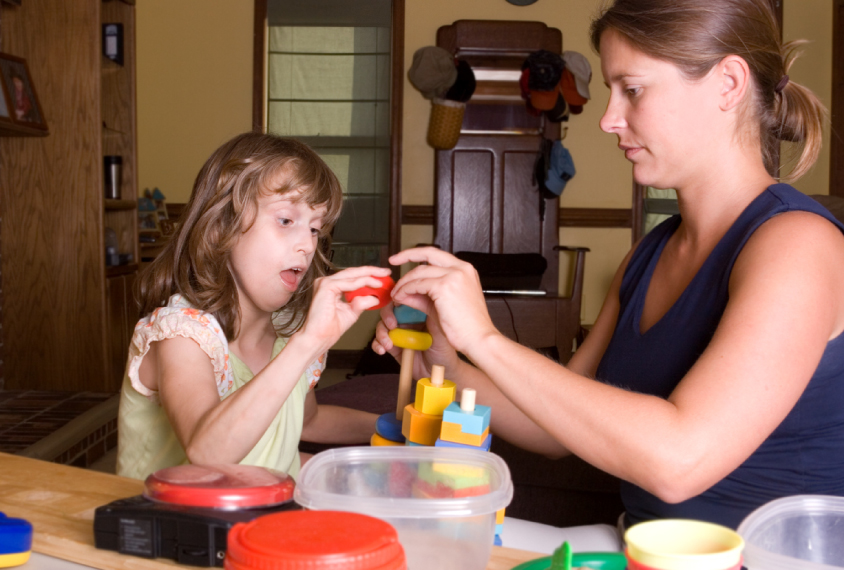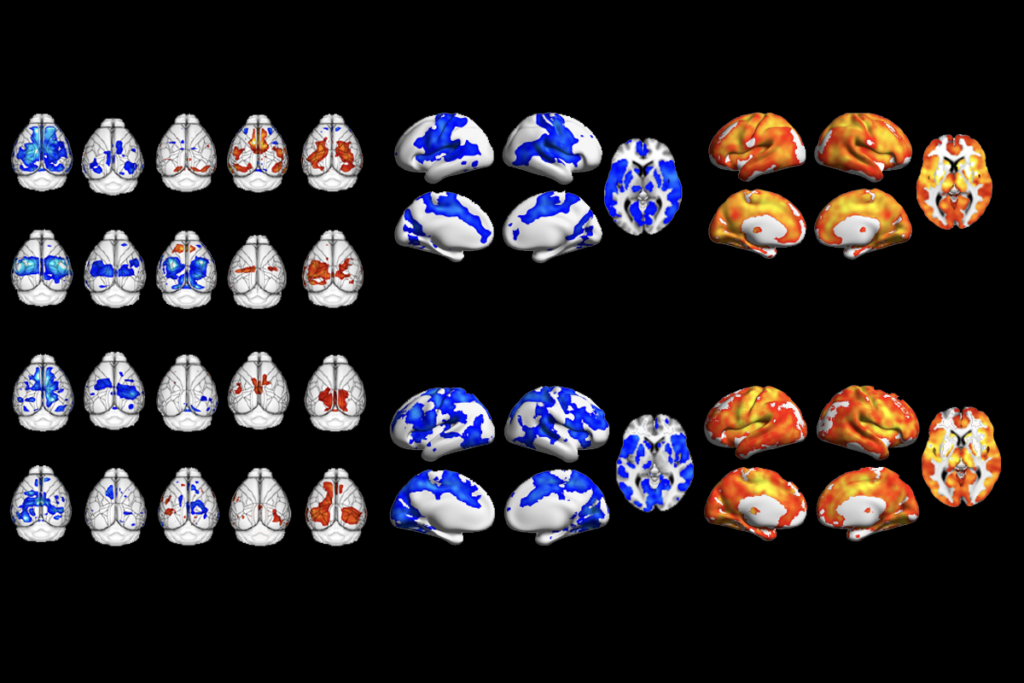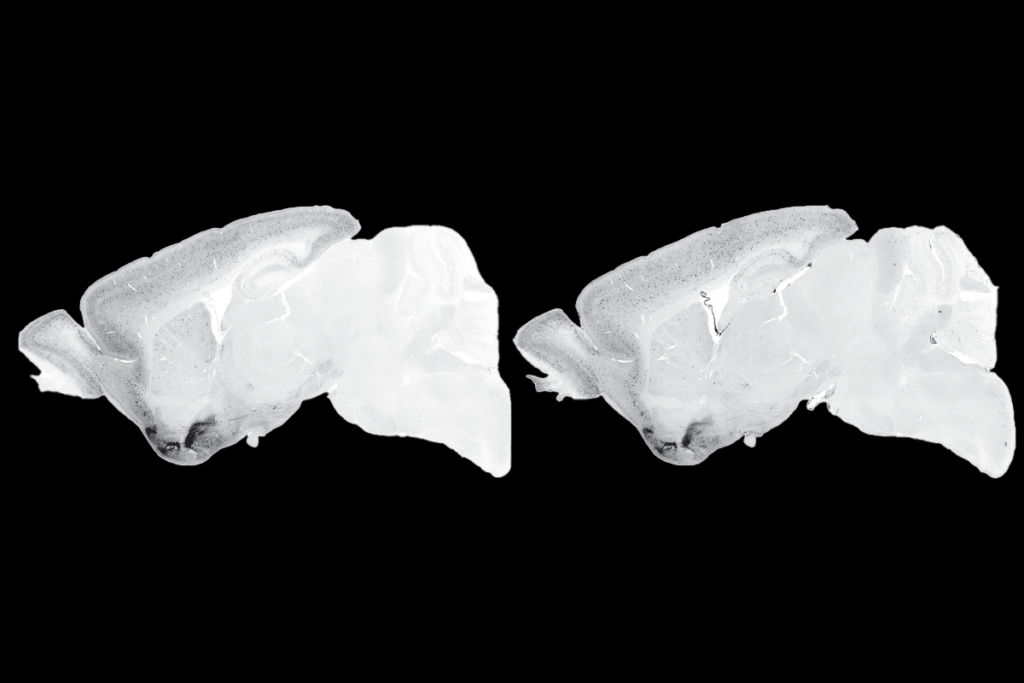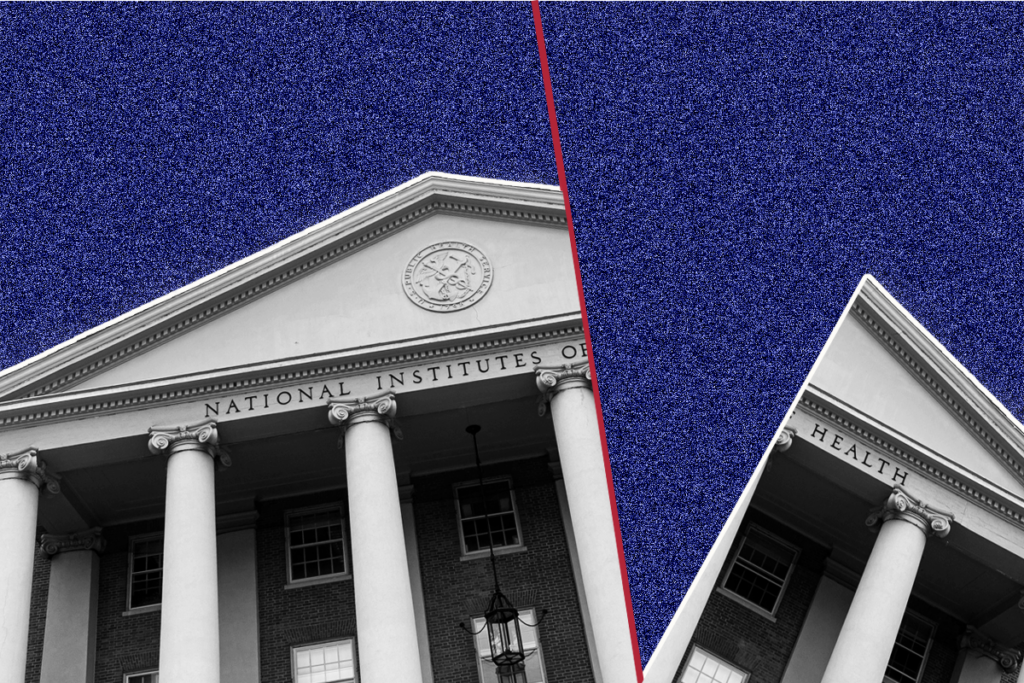
With popular autism therapy, some skills take time to learn
The longer a child receives applied behavioral analysis, the greater her gains in language, daily living and other skills.
The longer a child receives a popular autism treatment, the greater her gains in language, daily living and other skills. The number of hours spent on the therapy each week is also important to its success.
That’s the upshot of an unusually large study of the therapy, applied behavioral analysis (ABA)1.
ABA breaks skills and behaviors into discrete steps, rewarding success at each step. But it is expensive and may require up to 40 hours per week. The new work is the first to tease apart the effects of the duration of ABA and its intensity; both aspects together compose the therapy’s ‘dose.’
The findings could help clinicians maximize the therapy’s effectiveness and limit its costs.
“It’s really difficult to nail down how much is exactly enough: What is the actual dose that a kid needs in treatment, and what are the trade-offs?” says study leader Dennis Dixon, director of analytics at the Center for Autism and Related Disorders (CARD) in Woodland Hills, California.
The study also shows that certain types of skills routinely take children longer to master than other skills. For example, reliably remembering to turn in homework requires sustained practice over time, whereas language skills may develop more quickly with intense drilling.
“That’s a much more fine-grained or nuanced look at this than other people have done,” says Tristram Smith, professor of pediatrics at the University of Rochester in New York, who was not involved in the work.
More is more:
The researchers analyzed data from 1,468 children in eight U.S. states who were receiving ABA treatment that followed the CARD model. The children were between the ages of 18 months and 12 years, received at least 20 hours of ABA each month and had been receiving the treatment for at least one month.
The team tracked the number of skills the children mastered in each of eight skill domains over 36 months. The domains range from academic skills, such as matching objects by color, to social skills, such as responding appropriately to greetings.
For every domain, the children who spend either more hours per week or more months in therapy learn more skills than those who do less in either dimension, the researchers found. Duration has a bigger effect than intensity. For example, children master 0.78 of a motor skill, on average, per additional hour of treatment per week. But they learn 2.01 motor skills per additional month of treatment. The precise relationships vary from one domain to the next.
Because the two components of dose are measured on different time scales, however, it is difficult to directly compare them, Dixon says. In short, both components matter.
Still, the importance of duration came as a surprise, he says. Most studies have focused on the role of the therapy’s intensity. And most, but not all, have found that more hours per week translates to greater benefit. The new work appeared 19 September in Translational Psychiatry.
Domain differences:
The researchers also assessed the relative importance of intensity and duration for learning different skill sets.
When working on adaptive skills, such as brushing teeth and getting dressed, or on executive function skills — attention, memory and self-control — most children tend to make slow, steady progress. More hours per week leads to greater gains, but the effect is small relative to that of extending treatment length.
By contrast, dialing up either intensity or duration both greatly improve children’s mastery of language skills.
The results are difficult to compare with those of other studies, however, because they are based on data from CARD rather than on standardized measures, says Zachary Warren, director of the Treatment and Research Institute for Autism Spectrum Disorders at Vanderbilt University in Nashville, Tennessee. Warren was not involved in the work.
If the results hold up, they could help clinicians plan the parameters of the therapy to offer a child, Dixon says. For example, clinicians might choose to work on executive function in a child for only a few hours a week, and continue to practice it for many months. And they might re-evaluate the treatment if the child’s language skills don’t progress rapidly despite spending many hours each week on them.
One of the study’s investigators, whose 8-year-old receives ABA, found the results personally reassuring.
“I took comfort in the fact that empirically we can see that both intensity and duration are creating value,” says Erik Linstead, assistant professor of mathematics and computer science at Chapman University in Orange, California. “My child is spending hours and hours a week in therapy. This made me feel like, okay, I’m glad that we’re doing this.”
References:
- Linstead E. et al. Transl. Psychiatry 7, e1234 (2017) PubMed
Recommended reading

Too much or too little brain synchrony may underlie autism subtypes

Developmental delay patterns differ with diagnosis; and more

Split gene therapy delivers promise in mice modeling Dravet syndrome
Explore more from The Transmitter

During decision-making, brain shows multiple distinct subtypes of activity

Basic pain research ‘is not working’: Q&A with Steven Prescott and Stéphanie Ratté
